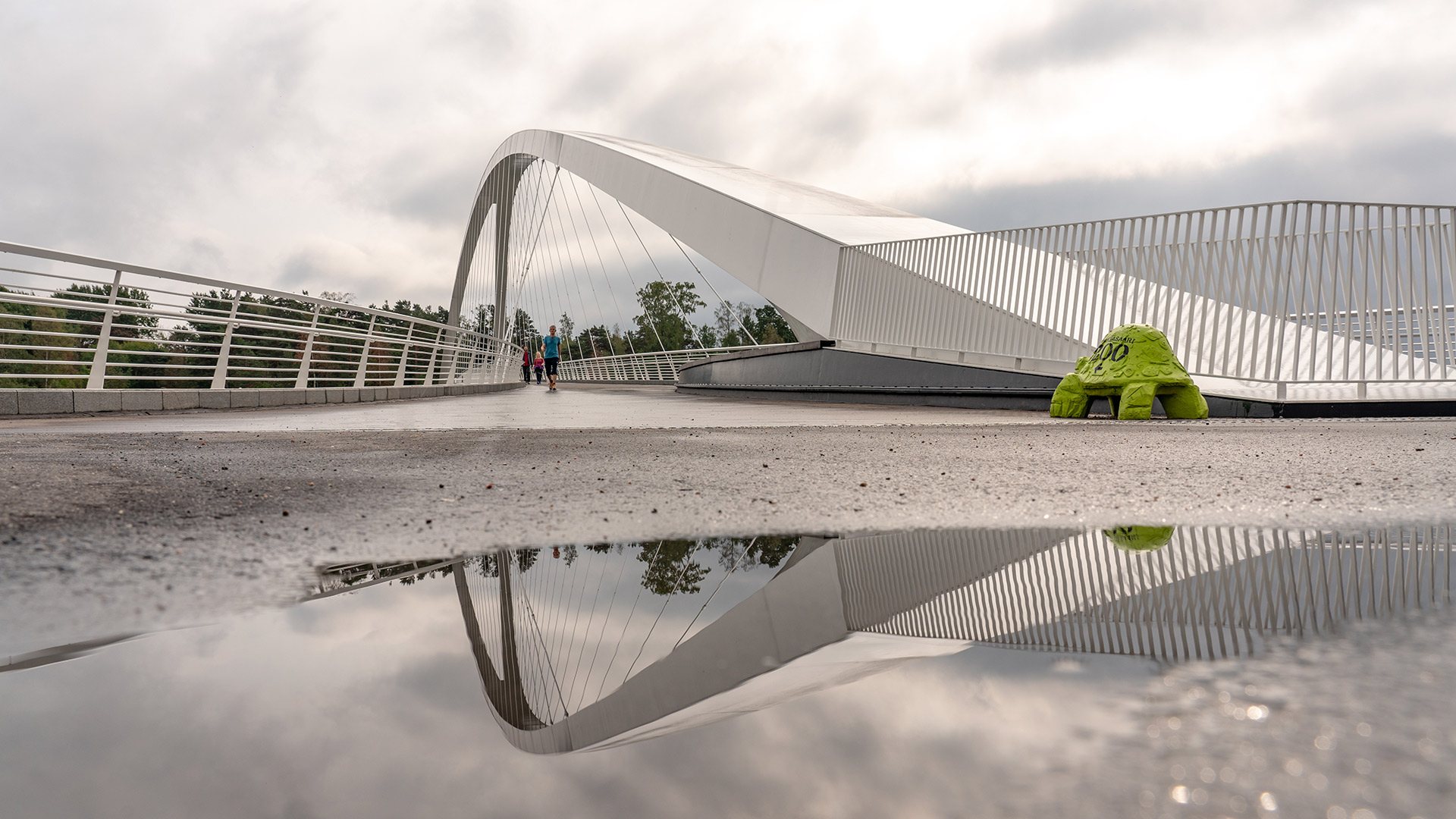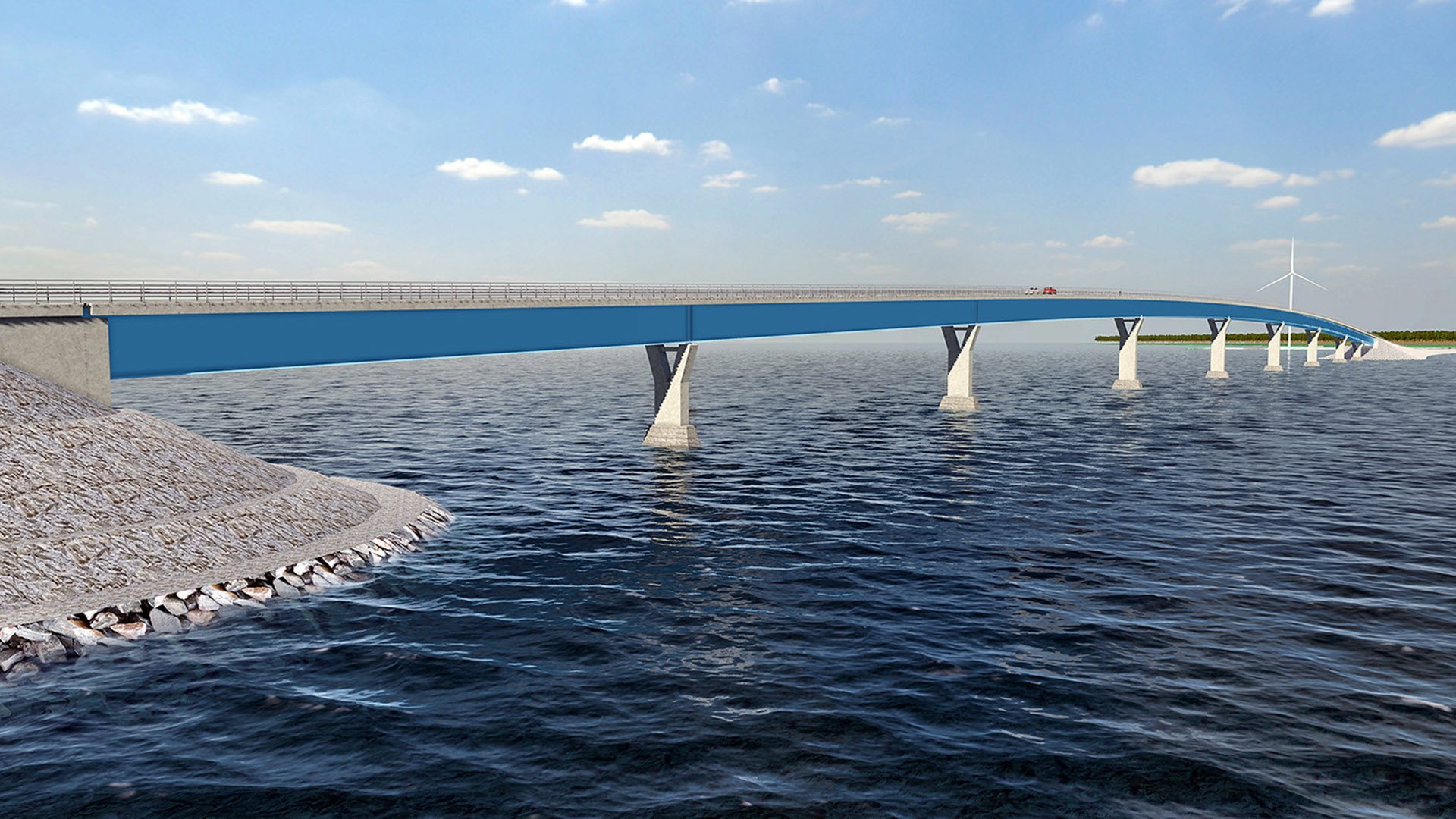Isoisänsilta, Helsinki
Isoisänsilta Bridge in Kalasatama, Helsinki, connects Mustikkamaa to the mainland and has the longest span of any bridge in Finland (144 metres).

Digital tools were used extensively and innovatively in the project, including electronic communications and data modelling throughout the design and construction stages. Data modelling was one of the project’s central features. It was used as a tool in collaboration between designers and for scheduling, worksite meetings, documentation of as-built data and quality assurance throughout the construction stage. Bridge of the year 2017
Customer
City of Helsinki
Location
Helsinki
Size
144 m
Completion
2017
Services
Project and construction management
Supervision
Bridges and engineering structures
Other references
-

Laakso Joint Hospital, Helsinki
Laakso Joint Hospital is a collaborative project between the City of Helsinki and HUS, implemented using an alliance model.
-

Espoo City Rail
We are responsible for railway planning and geotechnical engineering as a subconsultant to Proxion of the Tuomarila—Kauklahti section.
-

Hailuoto causeway and bridges, Oulu
The new over 8 kilometer long fixed connection will link Oulu and the largest island in the Bay of Bothnia, Hailuoto, via an embankment road and two bridges.
-

Solar and wind power park, Kauhajoki
A significant solar and wind power park is planned for Kauhajoki.